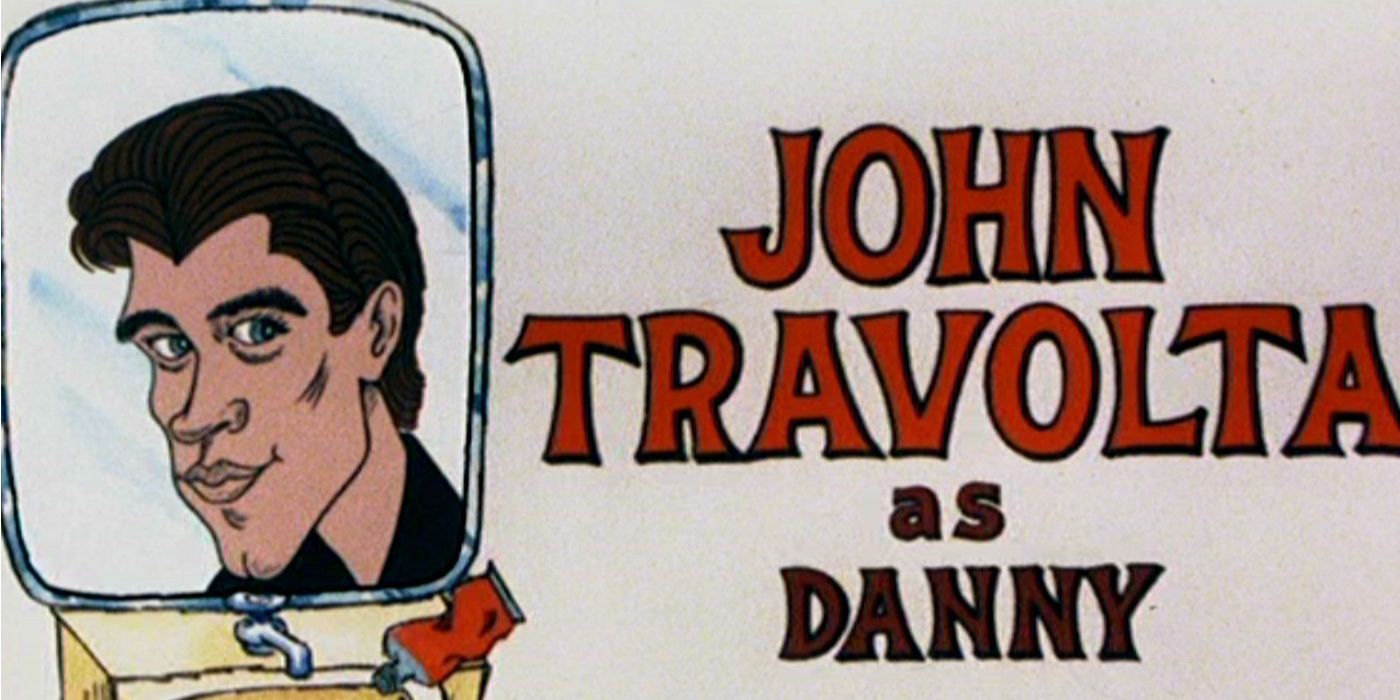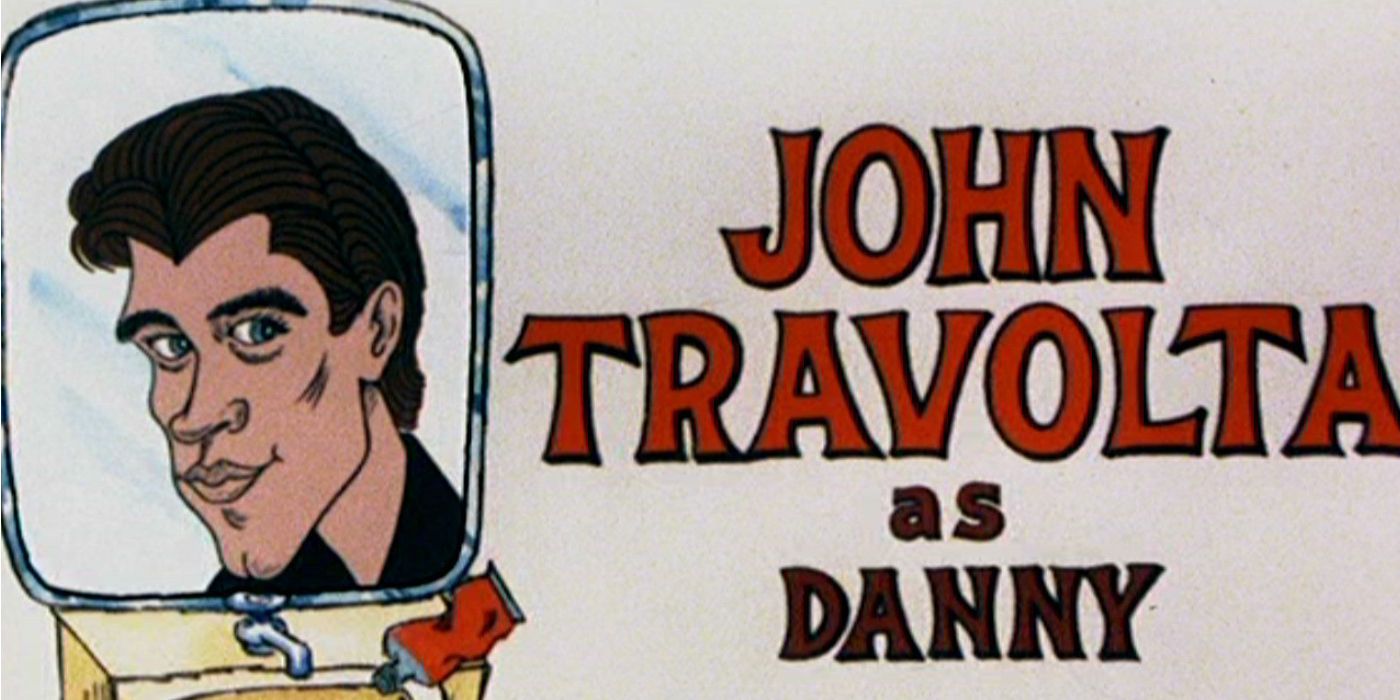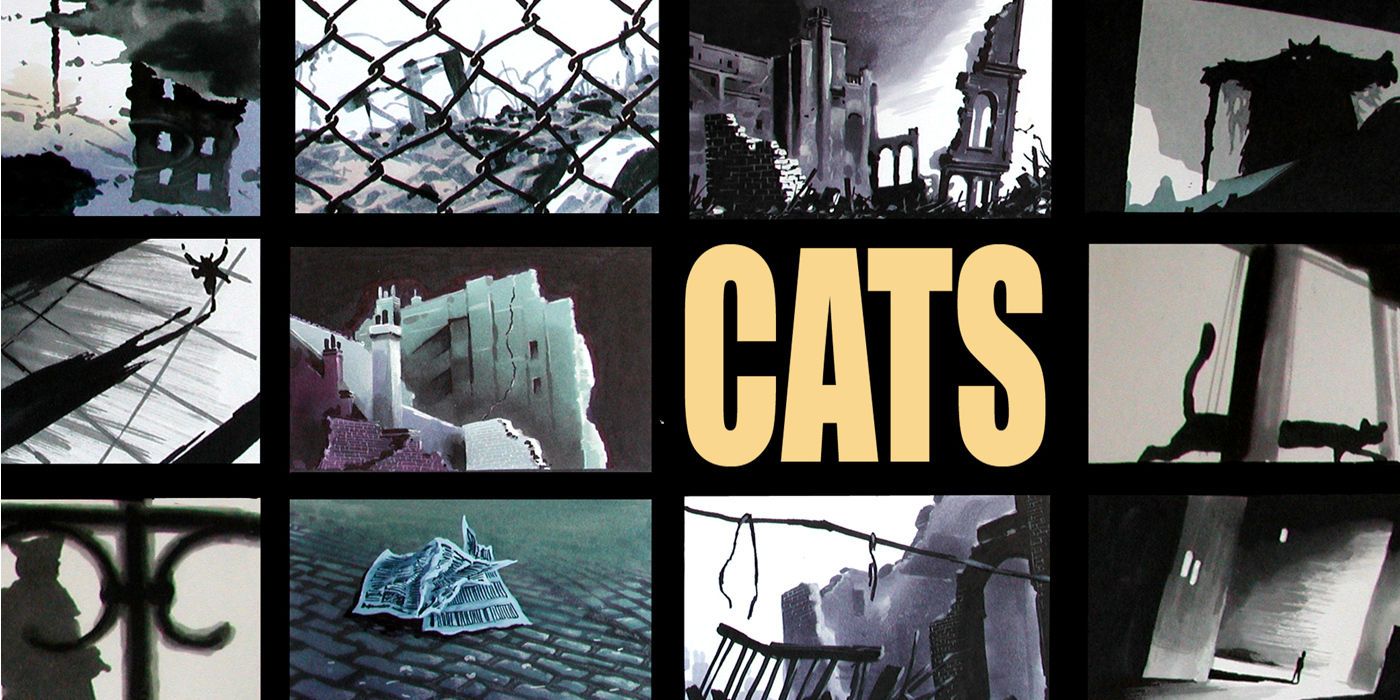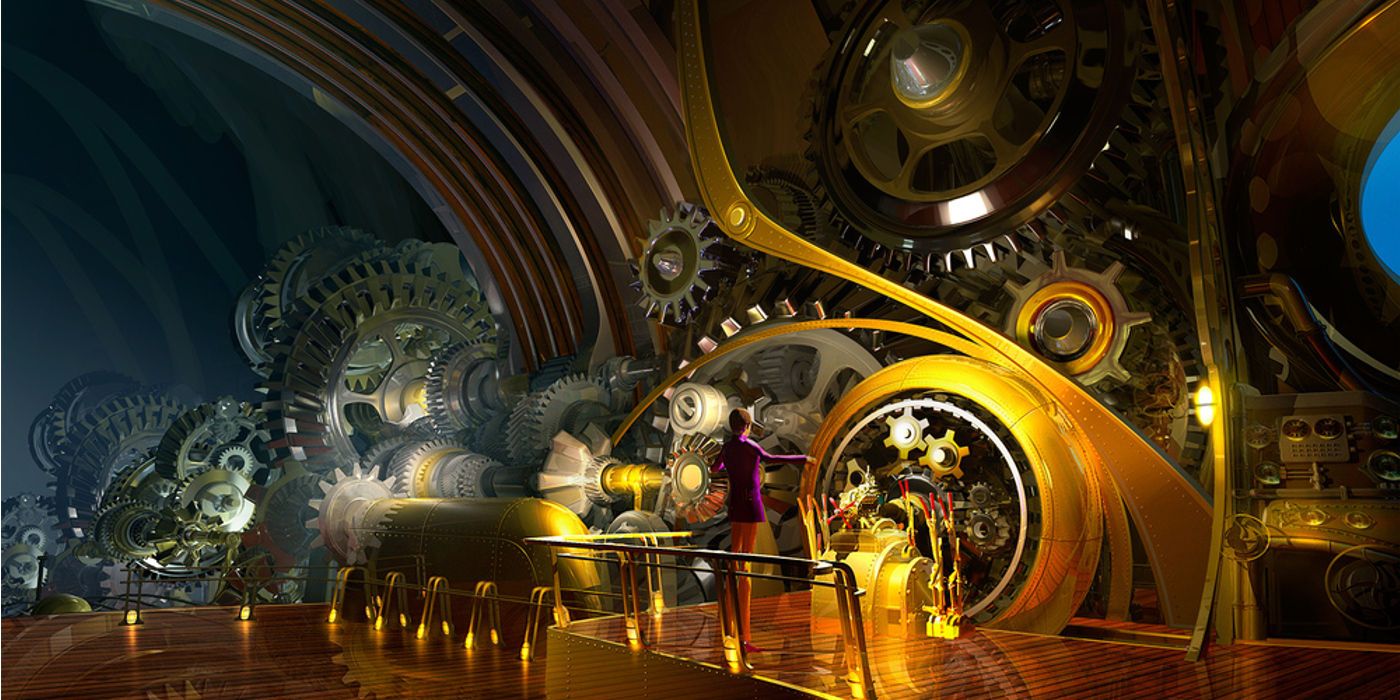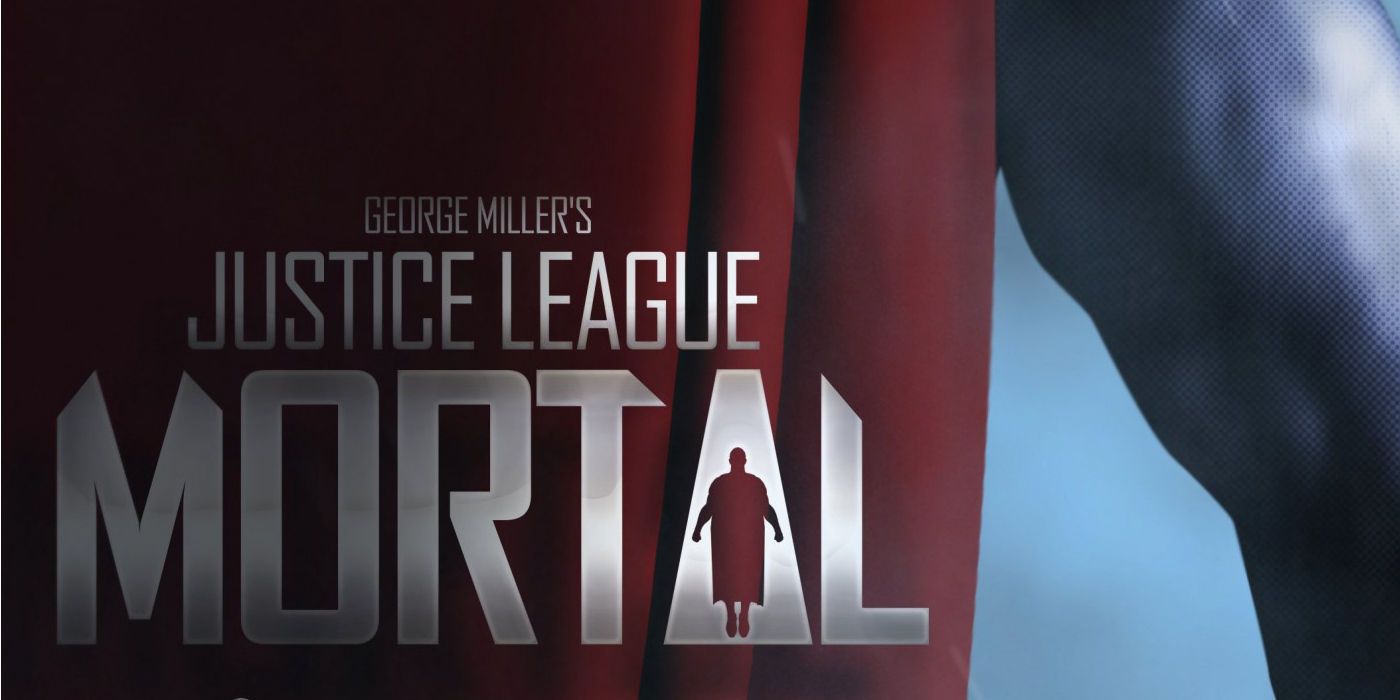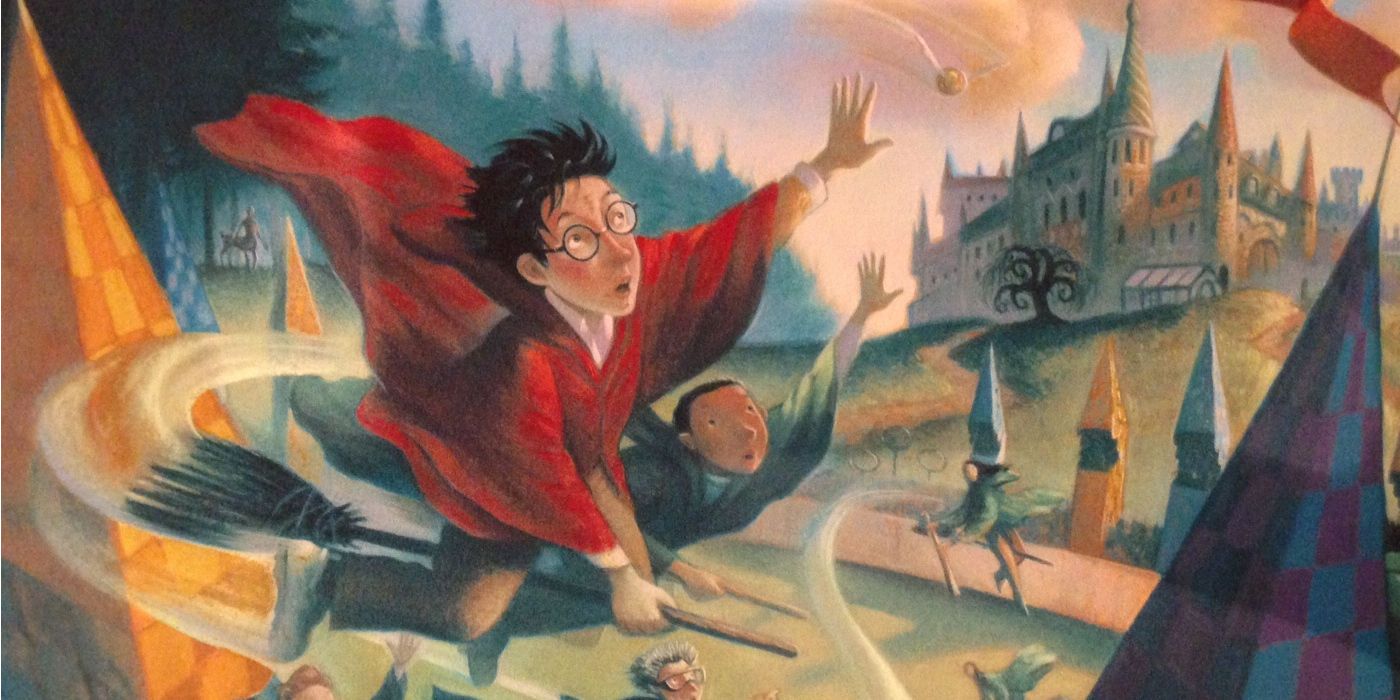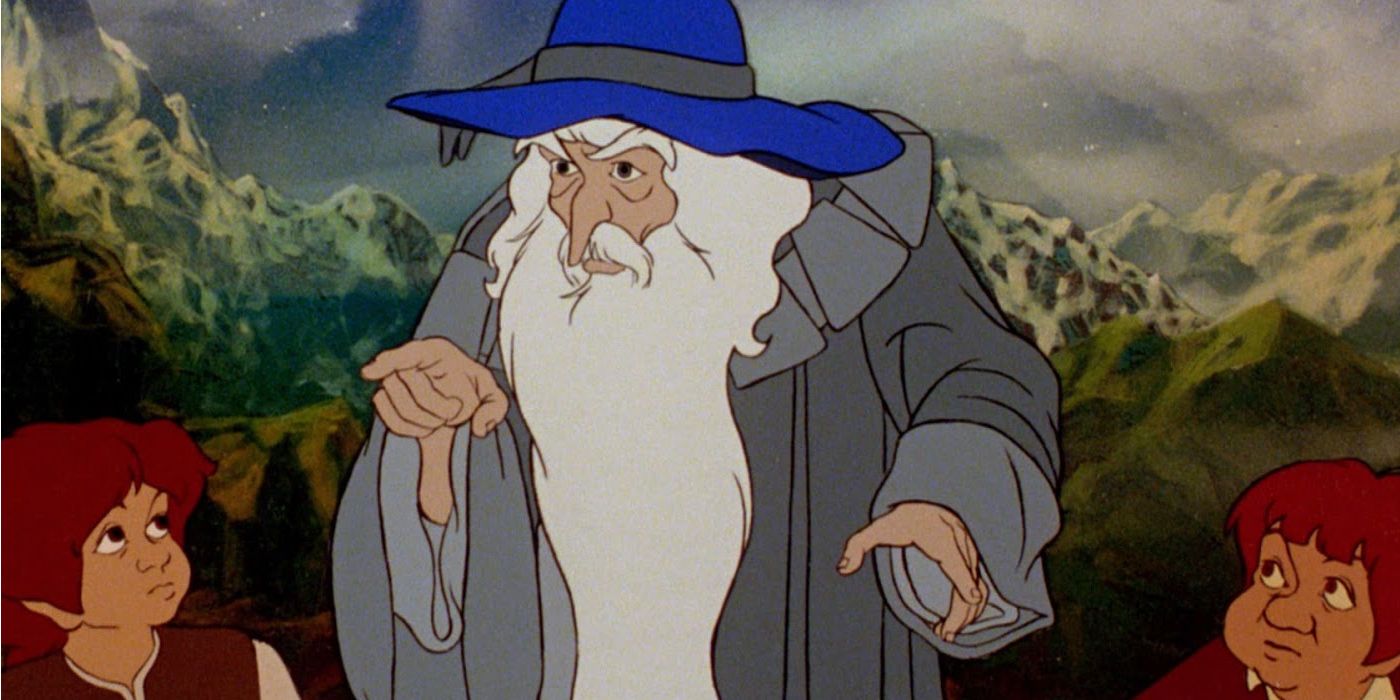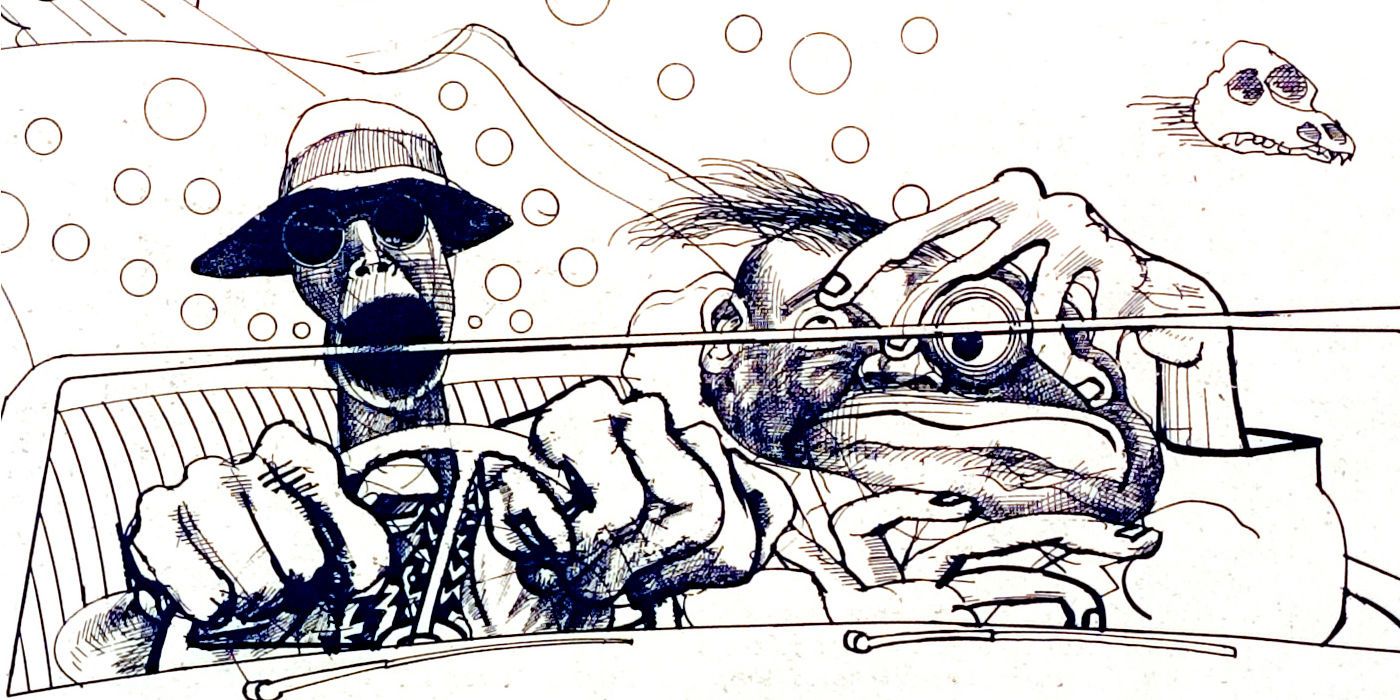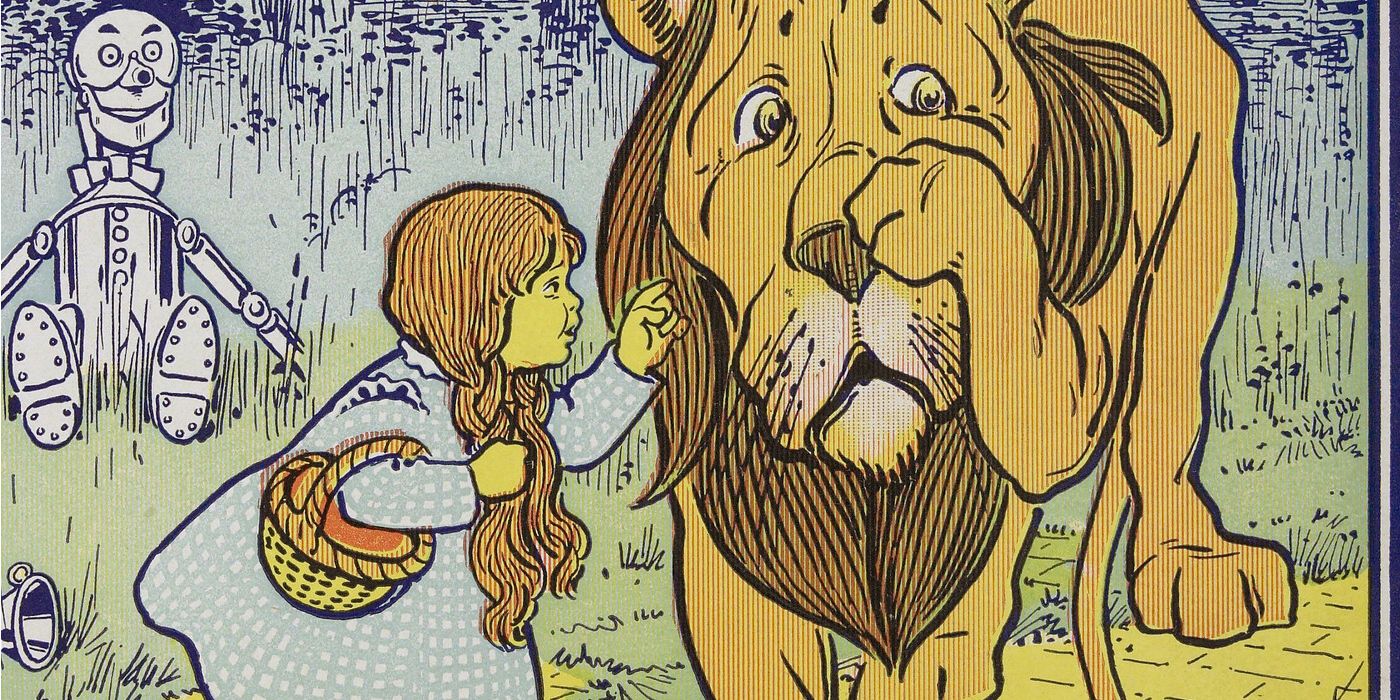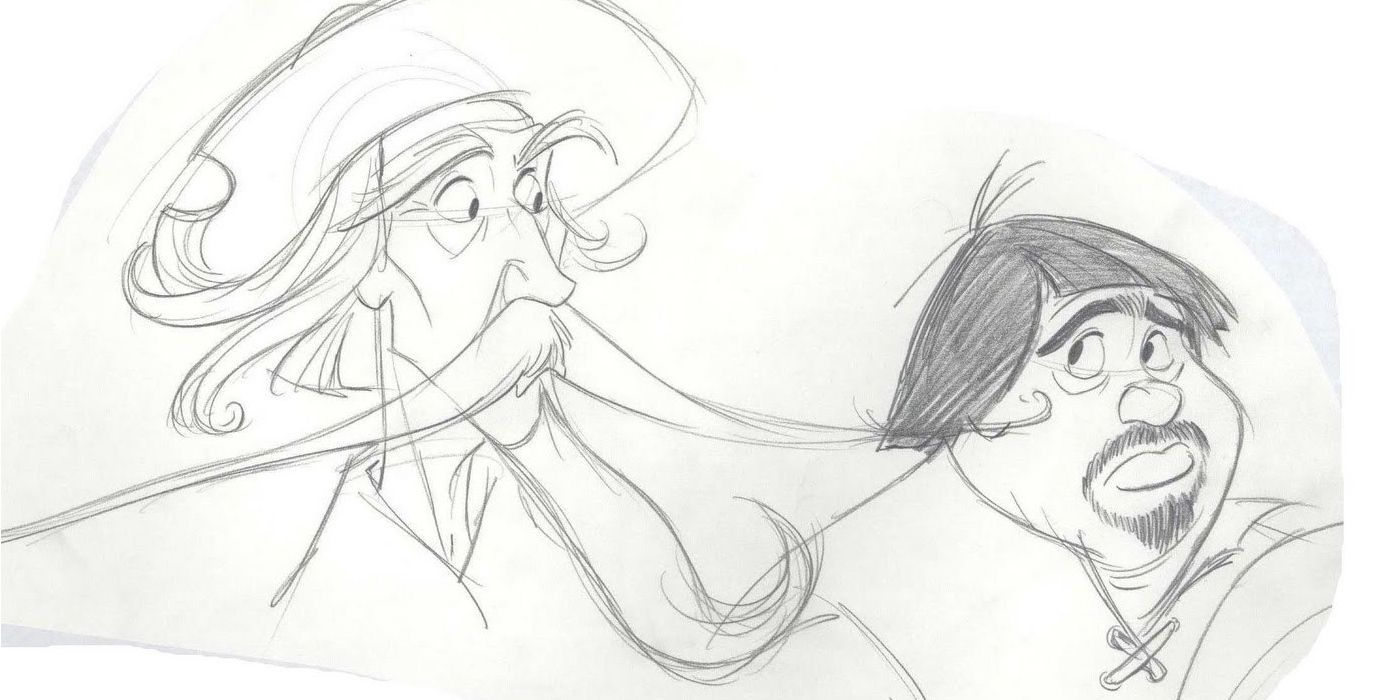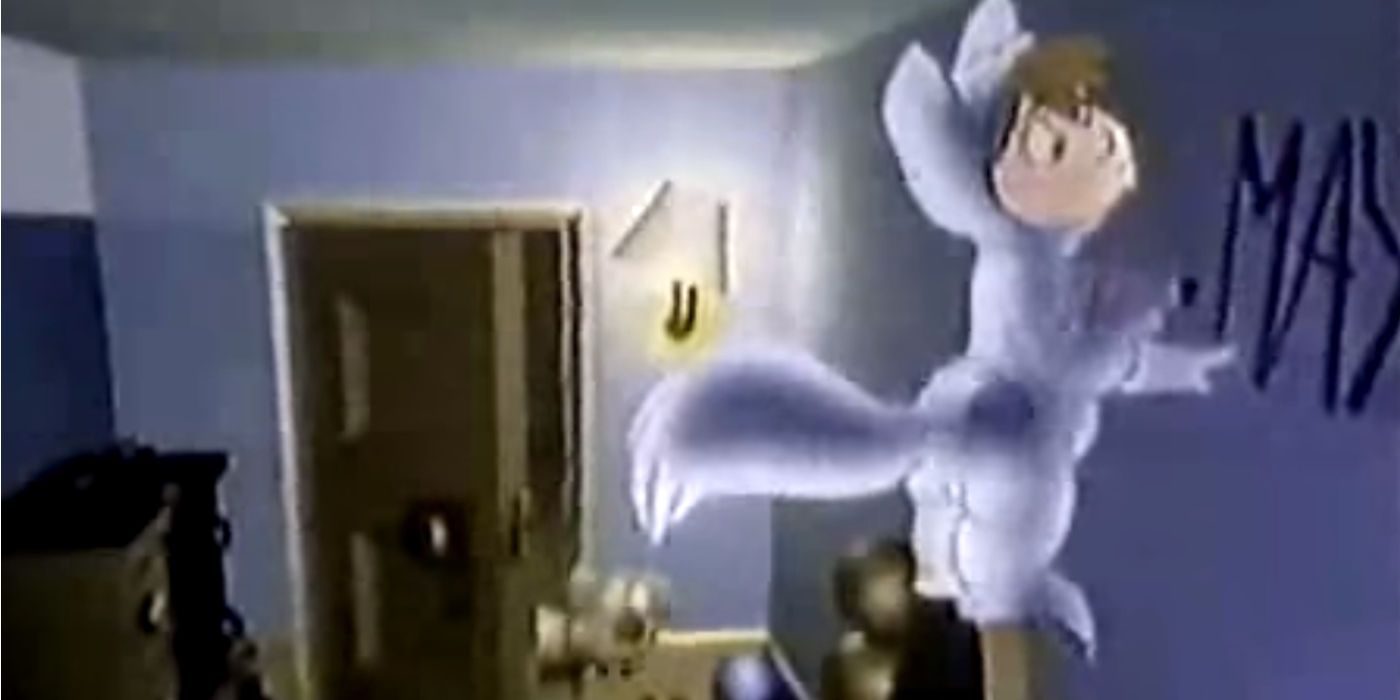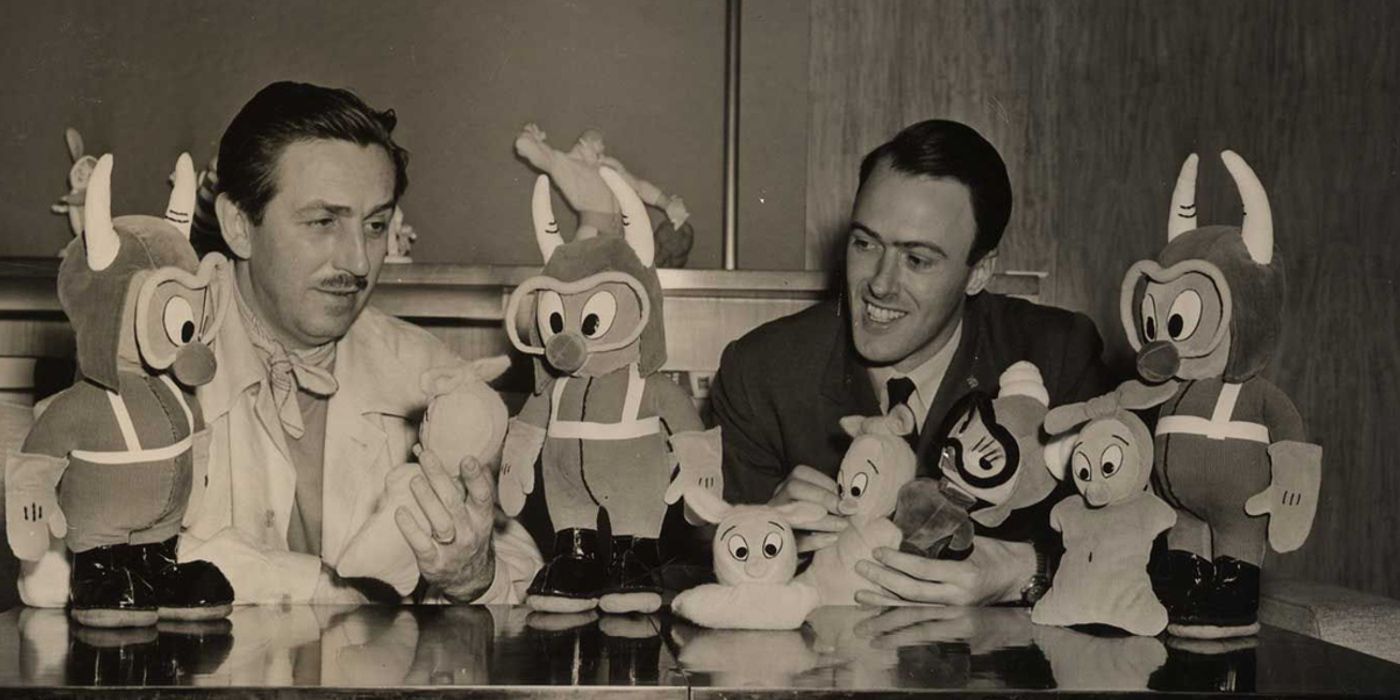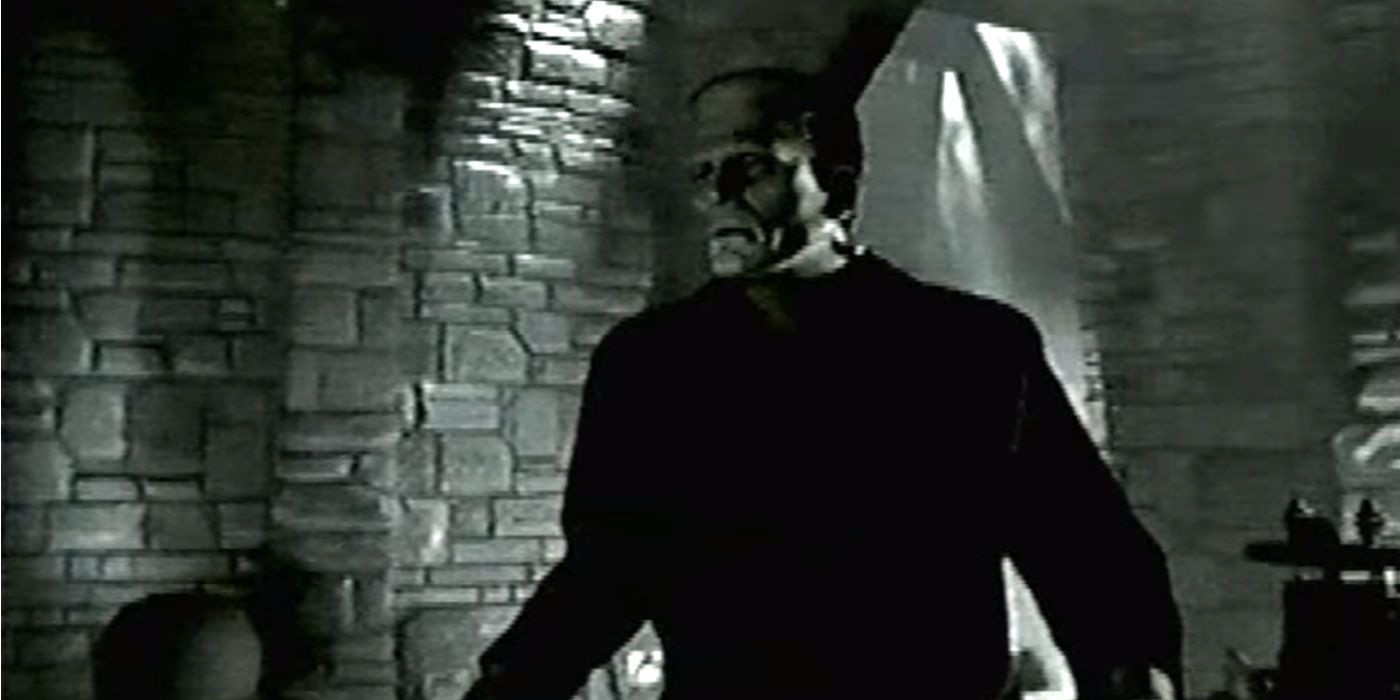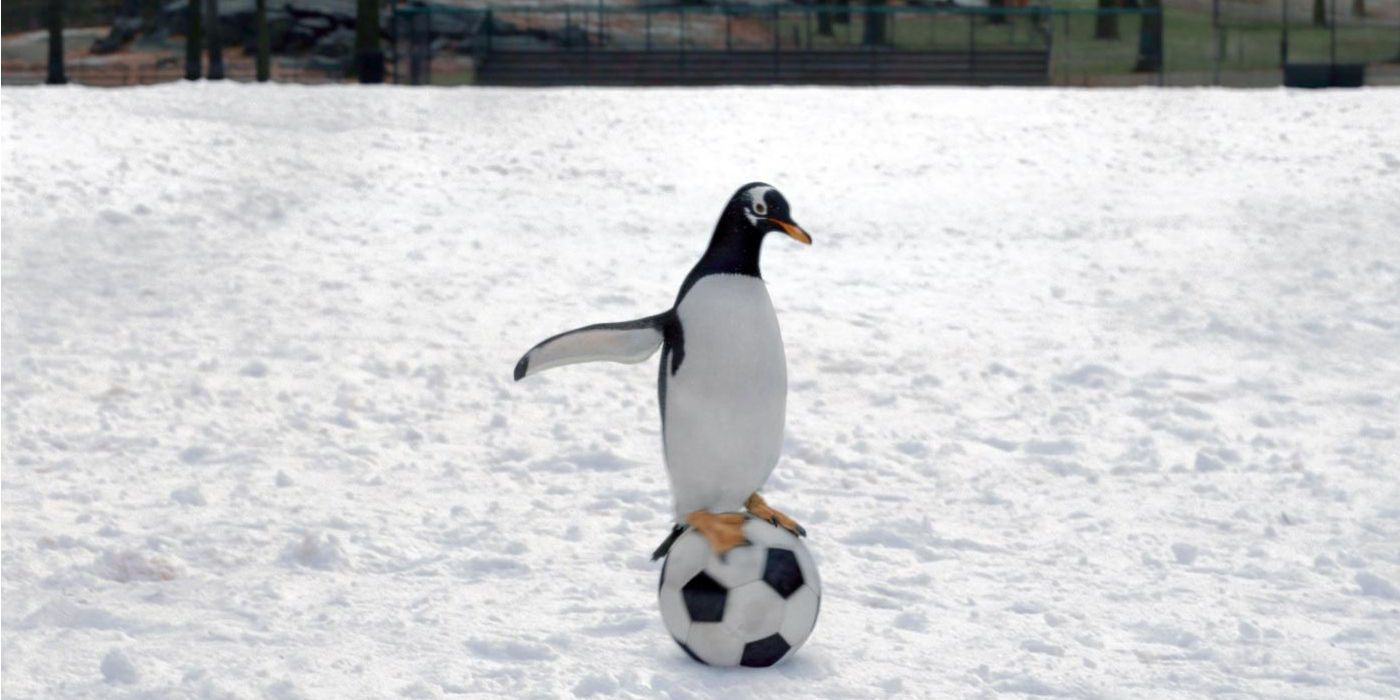Hollywood has always rushed to develop properties from other mediums—plays, books and the like—and adapt them to film. Audiences love a great story, and the studio bosses love a title with a built-in audience that will flock to the theatre. Just look at the Harry Potter or Hunger Games movies.
The development process doesn’t always go smoothly, however. Finding the right director to helm a film, and develop a good script and cast it well, not to mention bankroll the whole thing can take years, even decades. Even with all the proper pieces in place, filming a movie with a child, animal or strange creatures as main characters poses a host of logistical challenges for a director who is also burdened with finishing on time and on budget. For that reason, movies can even begin shooting only to get cancelled several weeks in, leaving the project in creative and legal limbo. Hollywood sometimes tries to bypass certain problems by implementing a simple technique to keep a movie under control: make it animated.
Animation itself, even in the age of computers, remains a difficult and expensive way to develop a film. The titles listed herein were, at one point, all slated to become great animated epics of cinema, only to fall short of the original intent. Some eventually did make it to the cameras, and produced some great films. Others still wait for Hollywood to call. In any case, imagining these properties in animation makes for a fascinating “what if.”
Here are 13 Movies That Were Almost Animated Features.
13. Andrew Lloyd Webber’s Cats
By 1977, British musician Andrew Lloyd Webber had already become a wildly successful—and very rich—composer of stage musicals. After scoring hits with Evita and Jesus Christ Superstar, he needed a new subject for a musical, and after a nasty falling out with lyricist Tim Rice, he needed someone to write his lyrics. While traveling by train one day, he happened upon one of his favorite childhood books in a newsstand: T.S. Elliot’s Old Possum’s Book of Practical Cats, a collection of silly poems and mini stories about feline characters. Sensing an opportunity, he began to work on developing the collection into a stage show.
In 1980 Cats took the world by storm, sweeping the Tony awards and making the song “Memory” into a lounge act standard. The musical would go on to become the longest running in Broadway history, though the record has since been broken. Lloyd Webber, who had already had a hit film with the adaptation of Jesus Christ Superstar, set his sights on Hollywood once more. There was just one problem: how to adapt a plotless dance show about cats into a movie?
In the 1980s, Hollywood had only one solution: animation. Lloyd Webber began long development of Cats: The Movie. Steven Spielberg immediately took interest, packaging the project to Universal Studios. Spielberg would produce, while Don Bluth, who collaborated with Spielberg on An American Tail and The Land Before Time, would take up directorial duties. Then the movie hit a snag. Bluth and Spielberg had a dispute on The Land Before Time which strained their relationship. Spielberg tried to replace Bluth with Simon Wells before shelving the project altogether, though not before the art department had produced some stunning concept paintings. Cats eventually hit the small screen as a filmed version of the show, and in May 2016, Universal and Lloyd Webber announced Tom Hooper would direct a live action version for the big screen
12. Yellow Submarine
The Beatles still cast a long shadow over the music industry more than 30 years after dissolution of the band and the death of members John Lennon and George Harrison. Few general audience members will recall that the Beatles actually had a film career as well, playing themselves in A Hard Day’s Night and providing singing voices to animated caricatures in Yellow Submarine. With the latter still a best-selling album and a cult classic of animation, the possibility that Hollywood would want to tap the property again should come as no surprise. A stage show based on Beatles music, Cirque du Soleil’s Love, still draws huge crowds in Las Vegas, while the Beatles movie musical Across the Universe scored a hit at the box office.
Director Robert Zemeckis, the Oscar-winning helmer of Forrest Gump and Back To The Future selected Yellow Submarine as a perfect project for his fledgling animation studio, Imagemovers Digital. Zemeckis had become fascinated by motion capture technology, and already produced two hits with The Polar Express and Beowolf using groundbreaking technology. The Walt Disney Company then partnered with Imagemovers on a multi-picture deal, and immediate announced Yellow Submarine as in development.
Unfortunately for the movie, it had landed an unlucky spot in the pipeline. A Christmas Carol starring Jim Carrey did mediocre box office before Simon Wells (funny, there’s his name again) dropped a bomb with Mars Needs Moms. The animated comedy bankrupted Imagemovers, and effectively killed the Yellow Submarine remake. Despite rumors of Universal reviving the project with a restored Imagemovers, Zemeckis has redirected the company toward producing live action films instead.
11. Grease
Grease hit Broadway in 1972 and became an immediate hit. The quirky mix of 50s nostalgia, teen angst, crude humor and catchy music became a huge draw, netting seven Tony nominations and playing to packed houses for almost eight years. When the show closed in 1980, it had become the longest running in Broadway history. Given the popularity of the show, and that Hollywood stars Barry Bostwick, Richard Gere, Adrianne Barbeau & John Travolta had all enjoyed acclaimed runs in featured roles, it didn’t take tinseltown long to begin development of a film adaptation.
Still, producing a film version wasn’t easy. The period locations would require extra expense to dress sets to look like the 1950s, and finding teenagers with the vocal and dramatic chops to carry their parts proved treacherous. Moreover, casting actual teenagers would run into problems with child labor laws, since minors can only work certain hours of the day.
Cult animator Ralph Bakshi (remember his name, it's going to come up again...and again) proposed the solution of animating the entire movie. In animation, adults could play teenagers, and sound engineers could overdub actors who couldn’t sing with more experienced vocalists. The stylized method of filming could also get past the musical stigma—by the mid-70s, musicals had fallen out of style but for those produced in animation. Bakshi managed to procure the rights with producing partner Steve Krantz, though personal disputes between the two landed the project in turnaround. Alan Carr then bought the rights and produced the live-action version to popular acclaim. The final movie also has animated credits, hinting at what an animated version might have looked like.
10. Justice League: Mortal
For all the success of the superhero genre, and despite the box office gold of the Batman film series, poor Warner Bros. has had the worst time getting their other heroes suited up.
Case in point: Justice League: Mortal, director George Miller’s now-notorious and ill fated attempt to launch a DC Comics shared cinematic universe. In 2007 with The Dark Knight wrapping up production and Marvel’s announcement that Iron Man would kick off a series of Marvel films, Warners made a desperate bid to introduce the entire DC roster with one movie. The film would have seen the Justice League take on Maxwell Lord and Talia Al Ghul, and would have filmed in Australia at Miller’s behest. At one point, following the success of Beowolf, Warners also toyed with doing the film as all-CGI using motion capture technology. Problems had plagued the film from the start, however: the Writer’s Strike exacerbated issues with the script, while disputes between Miller, the Australian government and Warner Bros. stalled production, forcing the film to move to Canada instead.
Then The Dark Knight took the world by storm, and Warners again reconsidered the movie. A hefty price tag of $300 million gave the studio cold feet over the Justice League film, and not wanting to put the Dark Knight series in jeopardy, they cancelled the film. Instead, the studio decided to finish out the Dark Knight trilogy before introducing another incarnation of Batman and tried instead to launch the DCCU with Green Lantern. That didn’t work out too well, either!
9. Harry Potter
The Harry Potter phenomenon had already kicked into high gear by the time author J.K. Rowling released the fourth entry, Harry Potter and the Goblet of Fire. As schools rushed to add the books to their curriculum, and as merchandise sales began to soar (for a book… think about that), Hollywood began a fierce bidding war to see who would bring Harry and his adventures to the big screen. It was the late 1990s, and a handful of high-profile directors began to flirt with the project. Warner Bros. managed to secure the film rights for a whopping $2 million, under the caveat that author Rowling would have veto control over new elements to the series, and that British actors all play the principal cast.
Steven Spielberg entered into active negotiations, but almost immediately ran afoul with Rowling. Spielberg had just witnessed the success of Toy Story at the box office, and became convinced that animation could solve many of the logistical issues the series would pose. After all, each book follows a year in the lives of its characters in a magical environment. The special effects budget would skyrocket as a result, though an even bigger issue loomed ahead: using child actors. Nobody had ever attempted to film seven movies (later eight) back to back with the same kiddie/teen cast. The kids would grow, they’d need to study, and child labor laws would further restrict the production. Using animation could bypass all these issues, and the characters could even resemble those of the original novel artwork.
When Rowling refused to allow Spielberg to cast American actor Haley Joel Osment in the lead role, the director left the project. Warner Bros. then dropped the animated film idea in favor of a more prestigious live-action epic, and the resulting films would go on to become some of the most beloved in history.
8. The Lord of the Rings
Keen eyes bedazzled by the Peter Jackson’s epic adaptation of The Fellowship of the Ring and it sequels began to notice a curio on discount DVD racks around the world: another version of Lord of the Rings? Someone had already made it? Why did nobody know about it?
People who saw the animated Lord of the Rings probably have a better idea as to why it fell into obscurity: it’s bad…or at least half bad anyway. As it turns out, the assumption that an animated Lord of the Rings had lay tucked away for years was only half true too.
The cult director Ralph Bakshi, fresh from the success of the animated sex comedy Fritz the Cat (no really) and the bizarre Coonskin, decided to cross over into more mainstream fare. He set his sights on the long-in-development hell adaptation of The Lord of The Rings which director John Boorman had just departed. Bakshi then hired fantasy novelist Peter S. Beagle to pen the script, and decided to use rotoscoping (animating over traced live action footage) to give the movie a more realistic feel. Convinced that the novel couldn’t be condensed into a single film, Bakshi and Beagle opted to split the story into two parts, with the initial film to tell the first half of the story.
The result is, at best, only half successful. Bakshi’s rotoscoped style made the film look cheap, the images didn’t seem to match up with Beagle’s fine screenplay, and audiences were confused that the story had no ending; studio United Artists had failed to promote it as the first in a two-part story! Though it still has a cult following, The Lord of the Rings has fallen into obscurity, hindered by its direction and eclipsed by the live action adaptation. It is perhaps best viewed as a half-finished film, lacking any sort of conclusion, or an unsuccessful experiment.
7. Fear and Loathing in Las Vegas
Ralph Bakshi struck again, this time in the 1980s again gravitating toward more adult themed animation. The director had scored some success following The Lord of the Rings debacle with Wizards and American Pop, before returning again to literary sources for inspiration. This time he lit on Fear and Loathing in Las Vegas, journalist Hunter S. Thompson’s tome on drugs and insanity in the city of sin. Hollywood had tried to adapt the book already, first with Jack Nicholson & Marlon Brando, and later with John Belushi & Dan Aykroyd. Because of the surreal nature and stream of consciousness format of the novel, the project toiled in development hell for years.
Bakshi approached Thompson’s friend Layla Nabulisi about making an animated film based on the novel. He further suggested that the film utilize the style of illustrator Ralph Steadman’s sketches from the original book to compliment Thompson’s writing. The author himself expressed some interest, though Nabulisi didn’t, preferring the prestige of live action. The film finally came to fruition as a live action version directed by Terry Gilliam and starring Johnny Depp & Benicio Del Toro. Bakshi has since lamented Fear and Loathing in Las Vegas as a missed opportunity, and that only animation could do true justice to the original novel.
6. Return to Oz
The Wizard of Oz became an instant classic upon release in 1939, and with the coming of television, its reputation and popularity continued to grow. The original novel had spawned a seemingly endless cycle of sequels, and the Oz books had become the Harry Potter series of its day. Needless to say, Hollywood took note: the Walt Disney Company purchased all rights to the Oz sequels, and Walt Disney himself began to oversee development on a new Oz film. Though the studio considered an animated sequel, Disney suggested a live action film with the Mouskateers could remain more in line with audience expectations.
The Rainbow Road to Oz was fully composed and written, and even got as far as a few televised previews before it landed back on the shelf. Nobody quite knows why or how Disney killed the project, though rumor has it script problems led him to produce Babes in Toyland instead. The Oz properties then sat untapped for years until director Walter Murch spearheaded the sequel Return to Oz. Despite a much-hyped release, the film died at the box office before rising again to cult status. Several animated sequels to The Wizard of Oz do exist (including one starring Liza Minnelli), though none were major studio projects, and are not considered canon.
5. Don Quixote
Cervantes’ Don Quixote remains the second most translated book in the world after The Bible. Its humorous tales of an old man who becomes a knight and wanders around Spain have long been cheered audiences, though they have also long vexed Hollywood.
Tinsel town has yet to produce a definitive or successful adaptation of Don Quixote: the musical Man of La Mancha bombed, while a telefilm starring John Lithgow tanked in the ratings. Cinematic giant Orson Welles directed a partially complete adaptation that labored with production difficulties for years, while Nicholas Meyer, director of Star Trek: The Wrath of Khan, also attempted to get a version off the ground, only to have it land in development hell.
Walt Disney had his own version in mind—an animated one. What the studio initially planned as a short expanded into a feature film, which went into development in 1951. Then the studio encountered a problem: in the novel, Don Quixote is a lunatic. How could they make him into a viable protagonist? Despite completing a rough outline of the film and a number of concept sketches, the studio shelved the project. It enjoyed a brief revival in the 1990s following The Hunchback of Notre Dame, when the animation studio again did some concept work. Though the studio bosses loved the concept art, they found the adult themes in the story troubling, and relegated Don Quixote back to the storage closet.
4. Where the Wild Things Are
In 1983, a young animator took a pitch to the Walt Disney Company to adapt the popular children’s book Where The Wild Things Are as an animated feature. His name was John Lasseter, and he would go on to become a Hollywood giant, directing Toy Story and overseeing the prosperity of the computer animation studio Pixar. Disney had long owned the rights to Maurice Sendak’s novel, and allowed Lasseter funds for some test footage.
Lasseter’s concept was quite unorthodox for the time. After seeing the remarkable computer animation in Disney’s film Tron, Lasseter became convinced that artists could combine computer and hand drawn animation to make a feature. All the backgrounds would come from CGI, while the characters would be hand drawn and then colored with a computer. The short film Lasseter produced received a positive response from the studio, though budget concerns doomed the project. Years later, Beauty and the Beast would use Lasseter’s footage as inspiration for an elaborate ballroom sequence which would combine CGI and traditional animation, while Toy Story would realize Lasseter’s ambition of a feature length film using 3D computer animation. Where the Wild Things Are became a live action feature in 2009, and despite its success, it had nowhere near the influence of the unproduced animated version!
3. Gremlins
The urban legend of gremlins had long suggested a film to Hollywood before Joe Dante brought his live-action hit Gremlins to screens in 1984. Believe it or not, development of a gremlin-related film had started more than 40 years earlier!
In 1941, Roald Dahl, author of Charlie and the Chocolate Factory and James and the Giant Peach penned The Gremlins, a children’s story about the mythical creatures that World War II bomber pilots often blamed for mechanical failures. Dahl had written the novel with a movie adaptation in mind; Disney had encouraged him to write a story that could be produced as an animated feature, and even attached the Disney name to the book at first publication.
Then gremlins attacked the production: rights disputes over the story between Dahl and Disney erupted almost right away, and creative tensions between author and studio made development of the film tense. After a year of conferences on the story, Disney shelved The Gremlins film project. Walt Disney, who had shown personal interest in the movie, then attempted to get Dahl to sign off on an animated short version, but the author declined. The book, however, became very successful and helped popularize the idea of mischievous gremlins. Chris Columbus has cited Dahl’s work as inspiration for his screenplay which eventually became Gremlins, and the characters in the film are loosely adapted from Dahl’s story.
2. ILM’S Frankenstein
Frankenstein has long provided Hollywood with movie fodder from the silent era to the present day. Countless takes on the story, from the 1931 classic to the Andy Warhol softcore porno to Weird Science have graced the screen, though in the 1990s, effects company ILM proposed a new take: an animated one.
With Toy Story sending shockwaves through Hollywood with its remarkable advances in computer technology, ILM (which had once owned Pixar) decided to get in on the game too. The company announced Frankenstein for release in October, 2000, with a script by Tremors scribes Brent Maddock & S.S. Wilson and effects supervisor Dave Carson taking on directorial duties. The visual style would evoke the classic Universal Monsters designs, and the script would build on the original Bride of Frankenstein story. The movie would also introduce the Wolf-Man, who would too resemble the classic live action version.
Then problems arose. Reaction to concept art and early test footage had received overwhelmingly positive feedback, and David Bowie had shown interest in taking on the part of Dr. Pretorious. Carson had wanted the film to have the feel of a horror movie though, while Universal wanted a family film, believing that the animated format would attract children. The studio also had budget concerns after seeing a script, as CGI was still a new technology and some elements like rendering of hair and water had yet to be perfected. Not long before production would begin, Universal nixed the project, opting to develop Van Helsing instead.
Universal, if you're reading this, maybe it's time to bring this project back to life?
1. Mr. Popper’s Penguins
Like Where The Wild Things Are, Mr. Popper’s Penguins became a classic of children’s literature upon publication in 1938. And, like many works of kid lit, Hollywood long wanted to adapt the novel as a film. Unfortunately, books aimed at kids tend to go a bit thin on plot, forcing the studios to expand the story in ways that don’t always fit with the original. The result often loses the charm of the novel, resulting in a disastrous film (see also: The Cat in the Hat).
The film labored in development hell for years, with Hollywood not quite sure what to do with the book. 20th Century Fox finally picked up the rights and for a time, considered an animated version. Plans fell apart when Fox’s animation studio, responsible for movies like Anastasia and Titan A.E. shuttered its doors. Indie filmmaker Noah Baumbach then tried his hand at an adaptation, which would have starred Ben Stiller. Eventually, the book got the live-action treatment, directed by Mark Waters and starring Jim Carrey. Though the movie opened to mixed reception, it did carry over one idea from the proposed animated version: animated penguins! Special effects artists used computer animation to bring the mischievous penguins to life.
-
Would you have loved to see the animated versions of these movies? Let us know in the comments!

